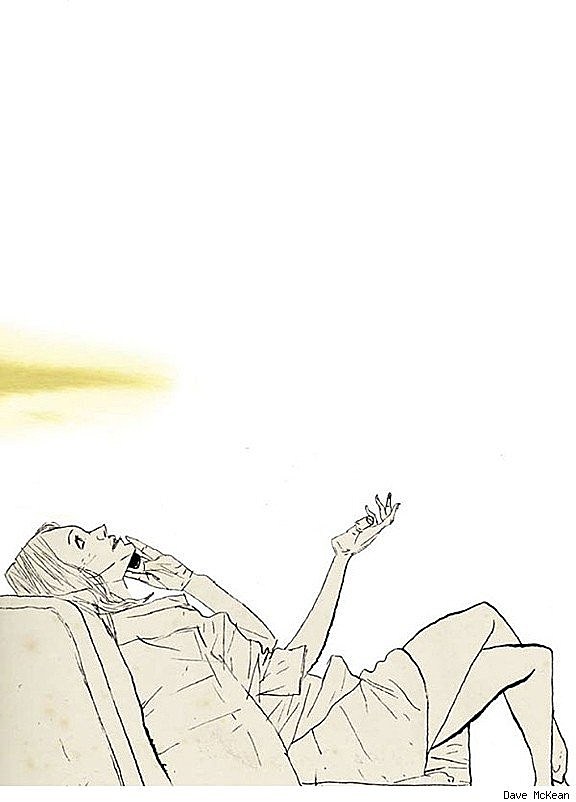![‘Celluloid’ Depicts Sex and Voyeurism as Only Dave McKean Can [Preview]](http://townsquare.media/site/622/files/2011/05/mckean.jpg?w=980&q=75)
‘Celluloid’ Depicts Sex and Voyeurism as Only Dave McKean Can [Preview]

The endearingly ludicrous Suicide Girls notwithstanding, there's an increasing number of comic books that deal with sexual themes and situations in fairly explicit yet very sophisticated ways, despite identifying or otherwise qualifying as "erotic" or even "porn" comics. One that comes to mind is Chester 5000, wherein cartoonist Jess Fink depicts in x-rated fashion the sexual relationship between a Victorian era housewife and her steampunk-esque love robot. Fink's Chester 5000 mitigates her western audience's trained conservatism with respect to x-rated art by creating something that's as funny and clever as it is tantalizing, but what may prove to be a more challenging entry into the marketplace is Celluoid, a new graphic novel by Dave McKean that explores sexual fantasies and voyeurism in a way that's paradoxically more explicit while being deeply abstract.

On sale soon from Fantagraphics, Celluloid is the story of a woman who, during a moment of sexual frustration, discovers a film projector and reel of film that depicts a couple having sex. In a twist familiar to fans of McKean's work with Neil Gaiman, this woman finds herself traveling from our world into a dreamlike realm of sexual fantasies that's presented in the artist's trademarked style(s). As the story progresses, so too does the form of McKean's artwork. The woman begins simply as a voyeur and eventually graduates to full participant in various activities with the entities she encounters. Concurrently, McKean's images begin as the simplest of line drawings but develop into hyper-colored, mixed media collages reminiscent of his work on The Sandman and MirrorMask.

While more than a decent hook as far as pornography goes, the story is not as important to McKean as its inspiration. Fantagraphics promotional materials quote the artist as follows:
"There are so many comics about violence. I'm not entertained or amused by violence, and I'd rather not have it in my life. Sex, on the other hand, is something the vast majority of us enjoy, yet it rarely seems to be the subject of comics. Pornography is usually bland, repetitive and ugly, and, at most, 'does the job.' I always wanted to make a book that is pornographic, but is also, I hope, beautiful, and mysterious, and engages the mind."

McKean elaborated on Celluloid's use of wordless, expressionistic imagery in a recent interview with Comic Book Resources:
I didn't want any dialogue, or captions. The scenario I had in mind didn't need it, and unless you have a very specific idea to cover in dialogue, I think the conversation surrounding sex scenes is usually pretty ridiculous. So I was after a more sensuous experience, closer to music than literature. I also thought it would be more interesting coming from a woman's perspective, and for it to be essentially fantastical, a series of sex dreams, allowing for a more impressionistic view, trying to express the feelings of each stage, rather than just showing you literally what happens -- what photography probably does better.
[The art is] very simple and neutral to begin with, so color is only used when it has a job to do. Red is very important in one scene and acts as a stain or splash of sexual excitement as well as the color of one of the characters. The green and blues of one of the sequences merges the characters into the landscape and the natural world.
Celluloid is a 282-page hardcover graphic novel and available to order now from Fantagraphics Books. For more imagery from the book, check out this NSFW video preview, and be sure to read CBR's interview for more insights from Dave McKean.
NOTE: There are pages missing from the following sequence, and it should not be read as necessarily linear.





















More From ComicsAlliance




![Books That Feel Real: Spike Trotman On ‘Poorcraft 2′ And Building An Indie Comics Empire [Interview]](http://townsquare.media/site/622/files/2014/12/Untitled-117.jpg?w=980&q=75)




